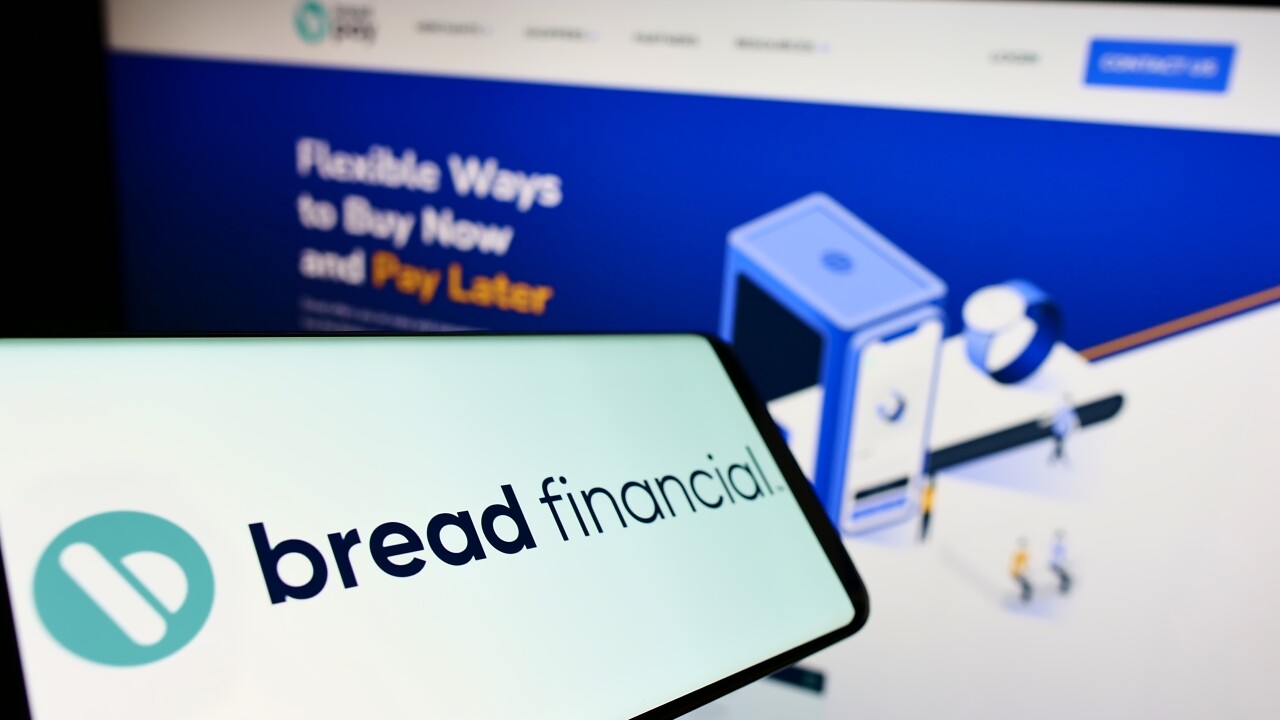Even if you haven’t heard of the artist M.C. Escher, you’ve probably seen his images. He’s most famous for bizarre scenes of optical illusion and visual contradiction, where the rules of physical space and perspective seem turned inside-out.
Now imagine if Mr. Escher came back to life as your credit union’s CFO. What would your financial statements look like? A possible answer to this question may be revealed if U.S. interest rates go negative.

As of the end of August of this year, 30% of the world’s investment-grade bonds — $17 trillion worth — carried a negative yield. That means many large borrowers in Japan, Germany, Switzerland and other countries are effectively being paid to borrow. Savers and investors, meanwhile, are effectively paying reliable minders to hold their cash. It’s a situation almost as odd and disorienting as an Escher drawing.
Ordinary consumers, because of their greater default risk, typically pay higher interest rates than governments and corporations. Even so, a Danish bank called Nordea recently introduced a 20-year loan with a fixed rate of 0%. Another Danish firm, Jyske Bank, this year began offering a 10-year real estate loan with a fixed rate of -0.5%.
Why is this happening? Interest rate levels are generally the result of market forces. Rates reflect a balance of supply and demand between the volume of desired saving (including fixed-income investing), on the one hand, and borrowing on the other. Central banks, such as the Federal Reserve in the U.S., can also intentionally influence interest rates to manage the economy, though they must be mindful of underlying market forces.
Over the last several decades, in developed countries, interest rates have shown a notable trend downward. This trend is long term and systemic, transcending the temporary interest rate fluctuations caused by business cycles, one-off economic shocks or short-term monetary policy.
One contributing factor seems to be low fertility rates and aging populations in rich countries. Partly because people tend to save and borrow different amounts at different times in their lives, an aging population leads, on the whole, to increases in the supply of savings and decreases in the demand for loans. Another factor is the falling productivity growth of developed economies in the last few decades, which also depresses rates by decreasing demand for loans. Rising inequality may also be at play, since the rich tend to save proportionately more than the poor or middle class.
When the Great Recession began, central banks responded as they normally do to economic slowdowns: By lowering rates. In 2008, the Fed lowered the Fed Funds rate to near zero. There the rate remained until late 2015, when the Fed gradually began raising it — up to around 2.5%. Then, earlier this year, as economic storm clouds began to gather, the Fed began another series of reductions, most recently in October, when it lowered its target to 1.5% to 1.75%.
When the next recession hits, the Fed will likely lower rates more to stimulate the economy. But with the target as low as it is — partly because of the underlying long-term downward trend — there’s not far to go.
What should a central bank do when the benchmark rate reaches zero, but a further reduction is warranted? In response to the financial crisis, the Fed introduced some novel interventions, with some success. (These included “quantitative easing” and “forward guidance.”) In Europe and Japan, where economies have recently struggled more than the U.S., central banks have taken the additional unprecedented and experimental step of setting benchmark rates below zero.
Will the U.S. follow? At a press conference in September, the current Fed chair, Jerome Powell, essentially said no, not even in a crisis. But in a CNBC interview in September, former Fed Chair Alan Greenspan said he believes it’s “only a matter of time” before negative interest rates come to the U.S. Through options markets, it’s possible for investors to essentially bet on whether U.S. rates will go negative.
What does all this mean for U.S. credit unions? Whether or not they will face negative rates, low rates are likely here to stay, bringing many of the same challenges. When low rates are expected to persist over time, whether or not they ever drop below zero, the yield curve tends to flatten. That just means that the difference between long-term rates and short-term rates is reduced. The result for credit unions will be squeezed interest margins and reduced earnings.
In the short term, dropping rates generally lead to a surge in refinancings, which typically generate fee income. They also boost the value of a credit union’s investments. But of course if interest rates stabilize, those benefits don’t recur.
If benchmark rates fall well into negative territory, one option would be to embrace the new upside-down world and impose negative interest rates on deposits. In August, the Swiss bank UBS announced it would begin charging customers 0.6% on deposits over $555,000. But it’s hard to imagine such a move being well-received here. And most banks in countries with negative benchmark rates so far haven’t dared pass them on to depositors.
All this underscores the importance of enhancing income sources other than interest — as well as controlling operating costs. Similarly, smaller credit unions will face increased pressure to gain economies of scale through mergers or increased collaboration.
Above all, the threat of negative or persistently low rates reinforces the existing imperative for credit unions to be resourceful, adaptable and strategic. Speaking more broadly, if the Fed does set a negative benchmark rate, that will mean the central bank is trying an unconventional and experimental fix for unfavorable economic conditions that can’t be effectively controlled with conventional remedies.
Like one of M.C. Escher’s fantastical scenes, such a scenario is fascinating to contemplate, but is not an environment most of us would wish to step into.





